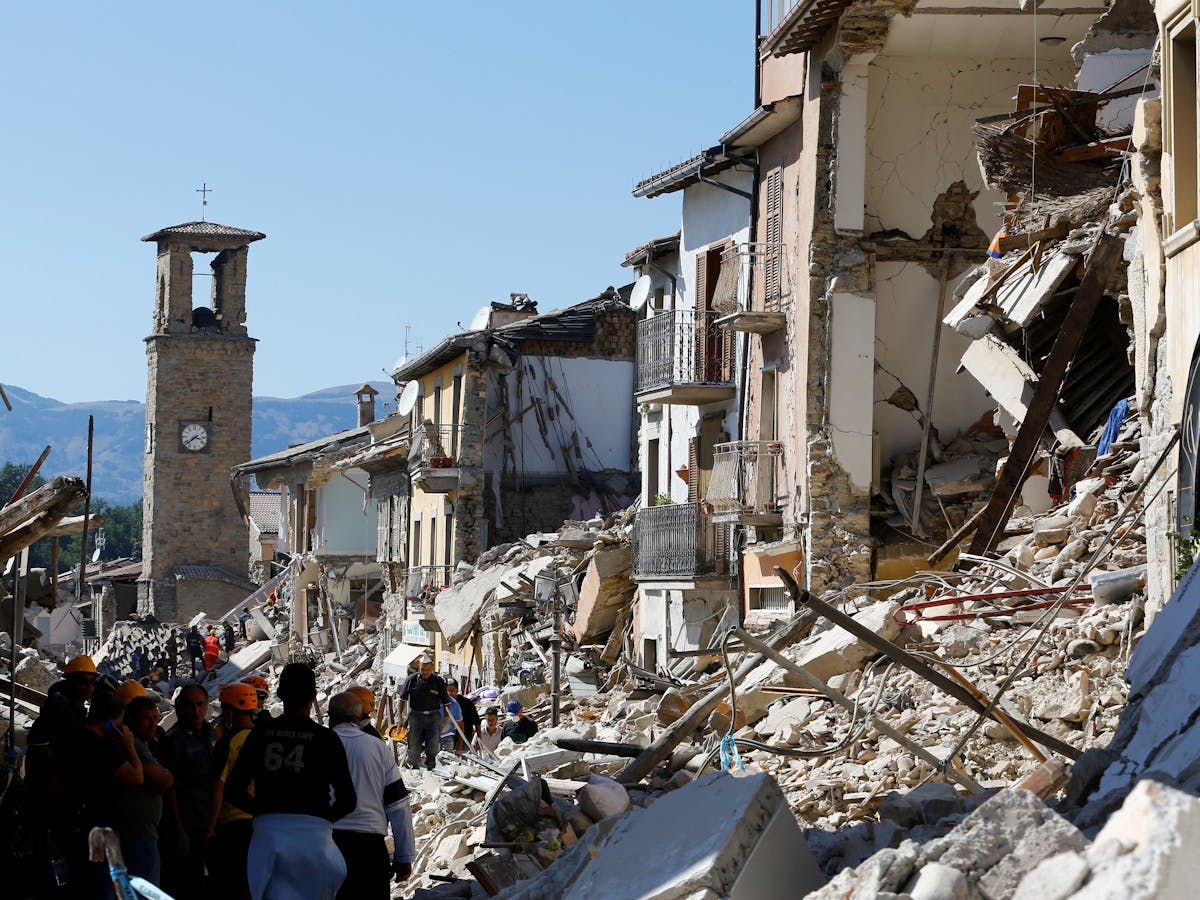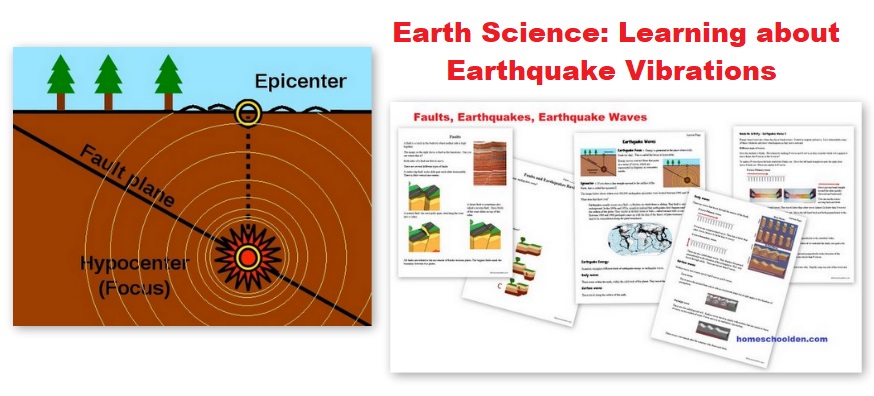Describe Several Techniques That May Help Scientists Forecast Earthquakes
Laser beams can be used to detect plate movement. An earthquake prediction must define 3 elements.

Can We Get Better At Predicting Earthquakes
By studying the history of large earthquakes in a specific area and the rate at which strain accumulates in the rock.

. Data mapping Scientists constantly monitor tremors all over the globe to build up a picture of earthquakes. Tiltmeters and GPS satellites. Scientists can use a variety of techniques to do this such as.
US Geological Survey USGS. They also can make general guesses about when earthquakes might occur in a certain area by looking at the history of earthquakes in the region and detecting where pressure is building along fault lines. Looking at the frequency of events of particular magnitude over time scientists can calculate the statistical probability of similar events occurring within a certain timeframe in the future.
Scientists use a wide variety of techniques to monitor volcanoes including seismographic detection of the earthquakes and tremor that almost always precede eruptions precise measurements of ground deformation that often accompanies the rise of magma changes in volcanic gas emissions and changes in gravity and magnetic fields. The best method currently available to scientists and planners regarding earthquake forecasting is the record of seismic events that have occurred in an area in the past. Laser light is also very helpful in the use of.
However there are still some ways of monitoring the chances of an earthquake. Other forecasts include the Accelerated Moment Release AMR method pioneered by scientists in the United States and Europe. So the difference in the P and S wave arrival times determines.
A seismometer is used to. This time-exposure photograph of the electronic-laser ground-motion movement system in operation at Parkfield California to track movement along the San Andreas fault. This is another tool used for earthquake prediction.
The longer the time between the arrival of the P-wave and S-wave the farther away is the epicenter. This system is used to warn scientists that an earthquake is coming and they should warn people. Seismometers - used to measure earthquakes occurring near an eruption.
It is called triangulation because a triangle has three sides and it takes three seismographs to locate an earthquake. Scientists first determine the epicenter distance from three different seismographs. Scientists then use a method called triangulation to determine exactly where the earthquake was figure 6.
Scientists estimate earthquake probabilities in two ways. The Psi method developed by. They are not based on scientific evidence and earthquakes are part of a scientific process.
The map below gives a snapshot of earthquakes recorded on May 16 2016 of a magnitude of 25 or over Image. The Epidemic Type Aftershock Sequence ETAS method developed by scientists in Japan the United States and Europe. Yes some people say they can predict earthquakes but here are the reasons why their statements are false.
Scientists then use a method called triangulation to determine exactly where the earthquake was see image below. Scientists can predict where major earthquakes are likely to occur however based on the movement of the plates in the Earth and the location of fault zones. It is called triangulation because a triangle has three sides and it takes three.
Either identifying distinctive precursors to earthquakes or identifying some kind of geophysical trend or pattern in seismicity that might precede a large earthquake. The purpose of this tool is to warn of a disrupted light beam transmission from one end of a fault to the other end. Research into methods of prediction therefore focus on empirical analysis with two general approaches.
Here are just a few of the techniques that geologists use to predict when and how disaster might strike. M8 and the Reverse Tracing of Precursors RTP method developed by scientists in Russia. 1 the date and time 2 the location and 3 the magnitude.

The Science Of Earthquakes Caltech Science Exchange

Seismic Science Prepping For Earthquakes Recoil Offgrid

Science Club Week 5 Earthquake Vibrations Taxonomy Cont Homeschool Den

European Seismic Hazard Map Hazard Map Map Europe Map
The Science Of Earthquakes Explained Abc News

Predicting The Next Big Earthquake Science In The News

Nova Earthquakes The Seismograph Seismograph Apologia Physical Science Pbs Learning Media

Locate And Describe An Earthquake S Magnitude Using Matlab Incorporated Research Institutions For Seism Earthquake Magnitude Earthquake Interactive Activities

Pin By Yo Soy On Social Learning Scientific Method Research Methods Science Infographics

How Earthquakes Tsunamis And Global Warming Are Connected A Plausible Theory The Green Optimistic Native American Stories Tsunami Earthquake

The Term Epicenter Refers To The Point At Ground Level Directly Above The Hypocenter The Hypocenter Is The Point Wh Earthquake Epicenter What Is An Earthquake

The Science Of Earthquakes Kandinsky For Kids Earthquake Earthquakes For Kids

Earth And Space Science Read And Apply Mega Bundle Earth And Space Science Science Reading Passages Science Lesson Plans

The Science Of Earthquakes Caltech Science Exchange

Earthquake What Is An Earthquake Earthquake Earthquake Facts

Scientists Have Developed A Method To Estimate Weakness In Earth S Outer Layers Which Will Help Explain And Predict Volcanic Activi Geology Science Today Earth

Predicting The Next Big Earthquake Science In The News

San Andreas Fault Echelle De Richter Photographie De Nuit Catastrophe Naturelle

A True Book Earth Science Earthquakes A True Book Earth Science Paperback Walmart Com Earth Science Science Earthquake
Comments
Post a Comment